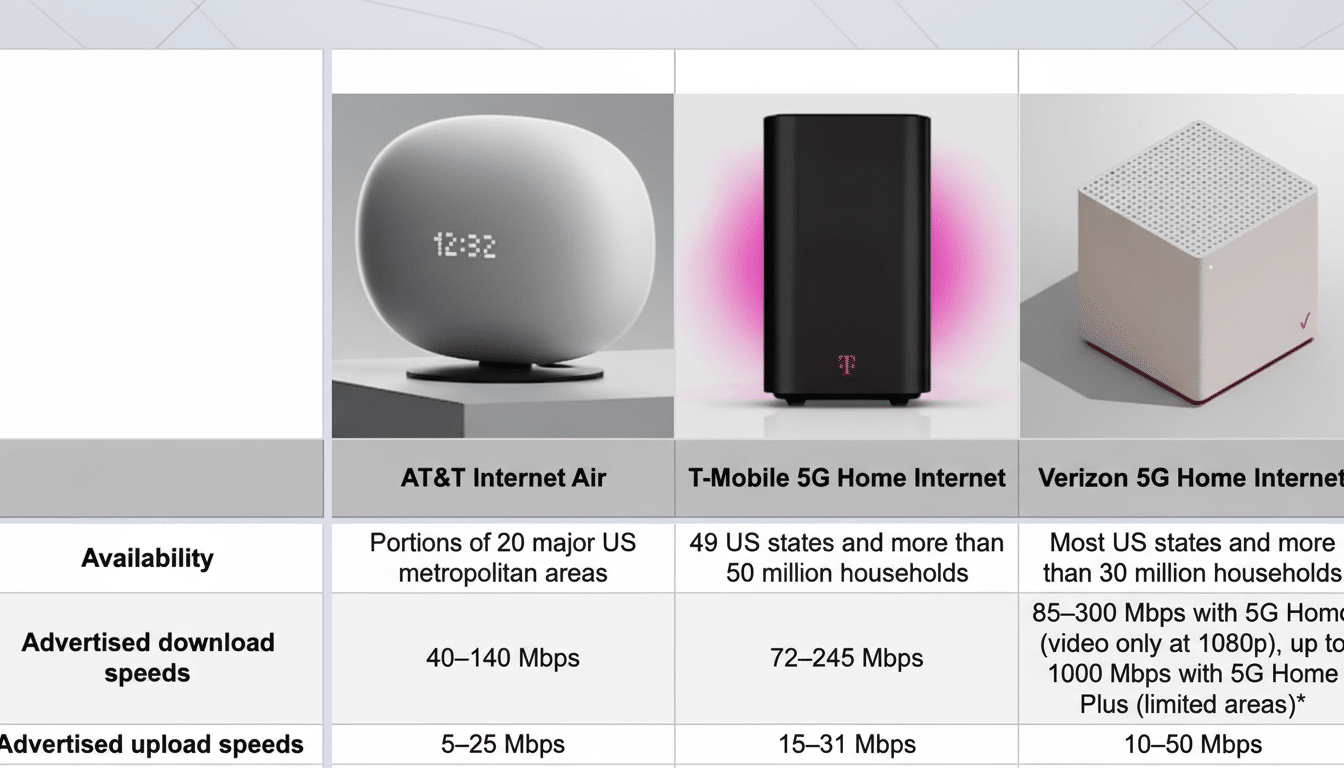AT&T home internet customers are being told that most plans will cost $5 more a month, the latest example of the rising price of internet service coming out of the pandemic.
The company blames network investment and support costs, but for many households with little provider choice, a higher bill feels like a tax. The good news: Some strategic steps can blunt, or even cancel out, the increase.
- What’s Changing on Your AT&T Home Internet Bill
- Fast bill credits and vouchers you can activate today
- Call the loyalty department with a clear purpose
- Right-size your internet speed and equipment to save
- See if you qualify for low-cost internet assistance programs
- Leverage service alternatives and money-saving bundles
- Do a quick five-minute audit of your monthly bill
- Bottom line: simple steps can offset AT&T’s $5 increase

What’s Changing on Your AT&T Home Internet Bill
Customer emails show a $5-per-month price hike across the board for most legacy and current AT&T Internet plans. AT&T’s framing of the change is that it is a necessity to offer quality service. Newer sign-ups still within promotional periods, and households in the company’s cheaper Access program, are generally exempt from the increase.
Keep an eye on line items. Equipment may be bundled in some plans, and gateway or add-on fees are not uncommon with others. “If it goes up by more than $5, you may have optional services on the account that are a source of savings, if you’re looking to save,” she said.
Fast bill credits and vouchers you can activate today
The easiest way to alleviate the increase is via billing credits. AT&T discounts include savings for autopay and paperless billing each month, with the biggest discount when you pay using a bank account. Paying with a debit card tends to earn a smaller credit, and some discounts don’t apply to credit cards at all. If you’re already signed up for autopay and paperless, it’s not double-dipping — simply see what form of payment you’re currently using and switch to the one that gives your account the bigger credit right away.
One real-life example: A Houston customer who had autopay set up through a debit card switched it to a checking account and found that their credit was increased enough on next month’s bill to completely offset the $5 fee. The switch took minutes in the account portal.
Call the loyalty department with a clear purpose
Retention agents can provide temporary bill credits, free months of service on an upgraded speed tier, or a lower equipment fee — though these typically aren’t given automatically. Before you make that call, compile competing offers from providers of fixed wireless service — companies like Verizon and T-Mobile — or a local operator providing fiber or cable. Get specific, quoting the competitor’s monthly charge, what gear it throws in, and any cap on that equipment, and a one-time credit or better promo rate is often suddenly available.
Be clear about what you desire: a courtesy bill credit that will reduce your upcoming spike, a less expensive speed tier, or to nix the add-ons. If the first agent can’t assist, request (politely) to be transferred to the loyalty department.
Right-size your internet speed and equipment to save
Lots of households buy more speed than they need. Independent testing from Ookla’s Speedtest shows that in the biggest U.S. cities, the median fixed broadband download speed reaches into the mid-200 Mbps range — more than enough to handle 4K streaming, video calling, and cloud backup. If you’re paying for gigabit speeds but your household hardly ever maxes it out anyway, downgrading to a 300–to–500 Mbps plan can shave $10–$30 from that monthly bill with no ill effect.

Audit add-ons as well. If you’re renting extenders that you no longer need, subscribed to a static IP that you don’t use, or paying for inside wire protection, those are optional charges. Trimming multiple items can outstrip an increase of $5.
See if you qualify for low-cost internet assistance programs
AT&T’s Access plan provides discounted home internet to qualifying households participating in SNAP or SSI, among other programs. If you qualify, that can reduce the cost month to month, and it tends to protect you from sudden, broad price hikes.
Help is also available to reduce eligible customers’ monthly bills for voice and broadband service through Lifeline, a federal benefit administered by the FCC. Even in places where huge federal subsidies have come and gone, or moved around, providers occasionally pitch transitional credits — ask a representative to comb through every discount you’re eligible for before accepting a new rate.
Leverage service alternatives and money-saving bundles
Competition matters. If fiber or cable competitors are available to your address, their promotional pricing could be used against them — or as a legitimate replacement. Fixed wireless home internet has also grown up; in much of the metro and suburban United States, it costs less than wired service, hardware included. Service quality can be location-dependent, so try to tinker during the provider’s trial window if you switch.
Bundling can help. Wireless and home internet bundles often come with monthly bill credits or device promos. Industry surveys from the American Customer Satisfaction Index show fiber customers report higher satisfaction than those with DSL or cable, so if you can get fiber — whether from AT&T or a competitor like Comcast, Frontier, or Verizon — it might bring better performance and steadier pricing.
Do a quick five-minute audit of your monthly bill
Log in and search for expired promos, redundant protection plans, or trial services that auto-converted to paid.
Ensure your autopay method earns the highest credit and you are opted in to paperless billing. (Note any tax or surcharge price hikes and make a follow-up call to support with a punch list.) Customers who come in with a clear, concise ask generally get better results.
Bottom line: simple steps can offset AT&T’s $5 increase
Price nudges are becoming commonplace, but they’re not untouchable. Pair an autopay optimization with a right-sized speed tier, prune the extras, and include a targeted loyalty call. For a huge number of AT&T customers, that playbook more than covers the $5 rise — without giving up the connection your home depends on.

